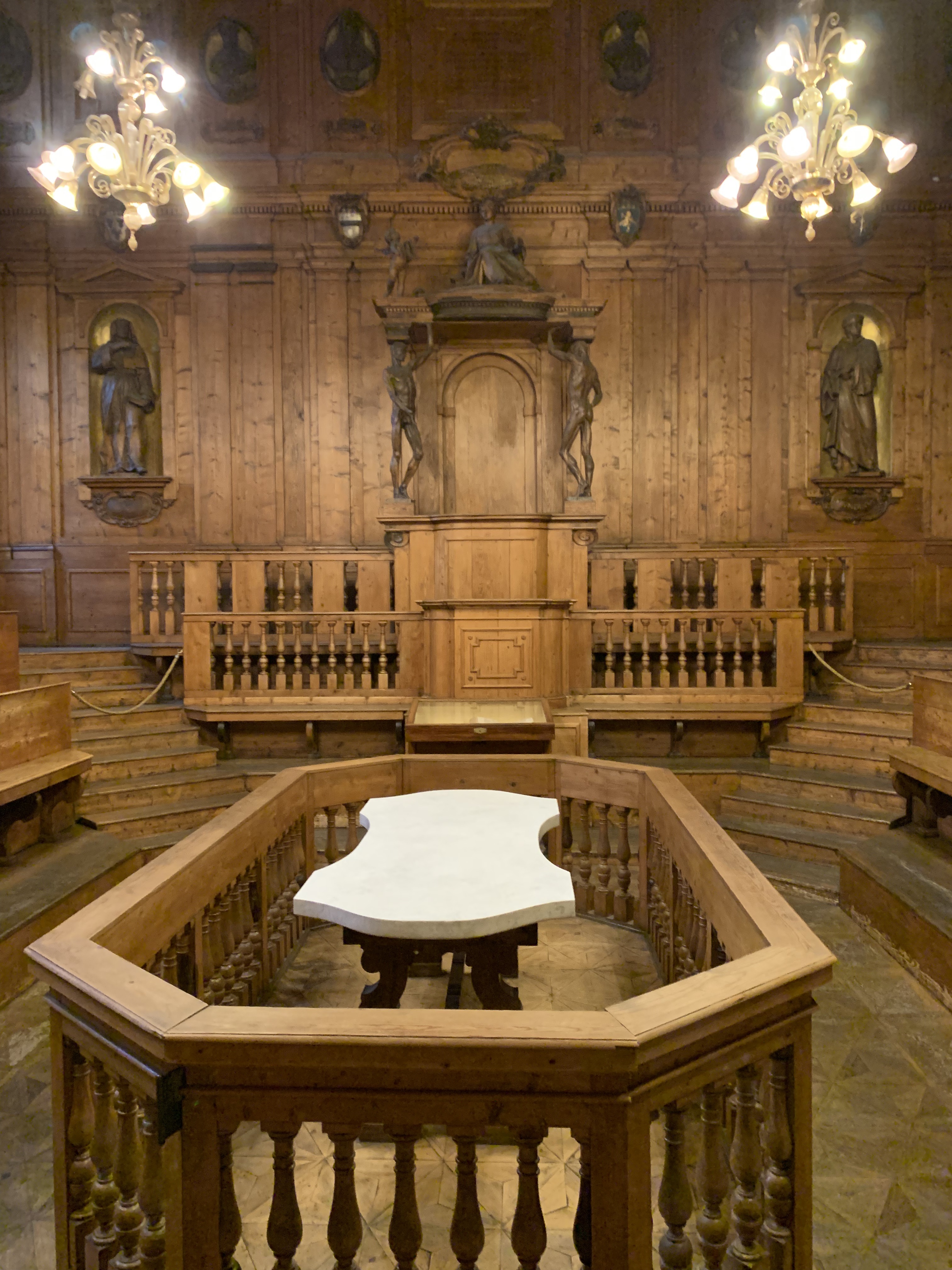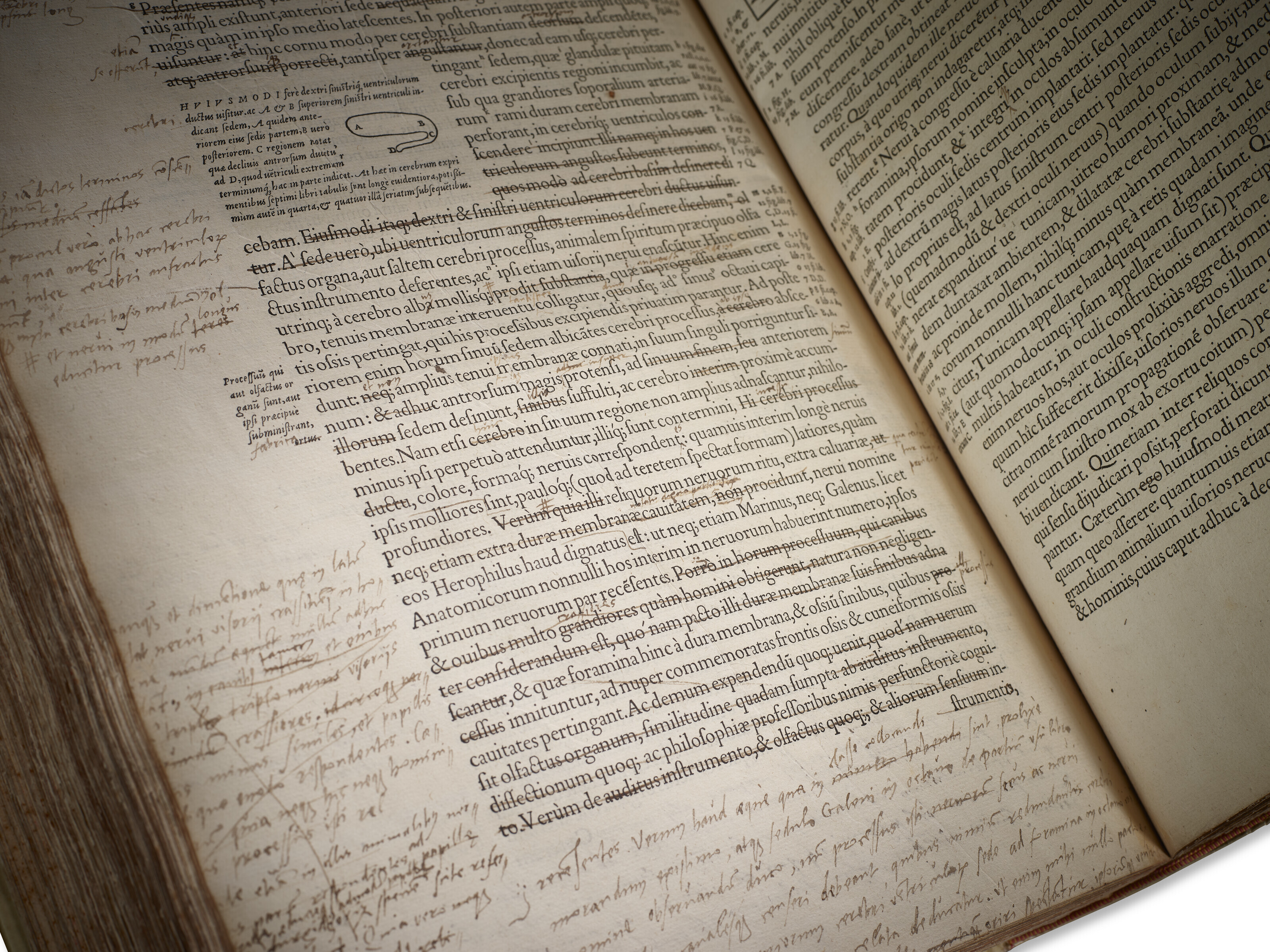Search results2 results
MUSEUM

Italy, Bologna
The Anatomical Theater, known as Teatro Anatomico, is just a short walk from Piazza Maggiore, the central square in Bologna. This historic site, nestled within the Palazzo dell’Archiginnasio, is a stone's throw from the location of Europe's oldest university, established in Bologna in the 11th century. Since 1563, the Palace of the Archigymnasium has been the central hub for the "Schools" of the Alma Mater Studiorum, featuring a courtyard encircled by double-story peristyles, characteristic of Italian universities of the period, such as the Sapienza in Rome or Palazzo Bo in Padua. Constructed in 1637, the Teatro Anatomico boasts a centrally placed, ornately designed marble table, flanked by wooden railings where dissections were historically carried out. The professor's chair, with its canopy upheld by two "Spellati" statues—carved, skinless figures—stands out prominently like Hippocrates, Galen, Malpighi, Gaspare Tagliacozzi. Overhead, the allegorical figure of Anatomy is depicted receiving two gifts, a manuscript scroll and a femoral bone, from an angel. A showcase displays a Latin edition of Galen's works, underscoring his profound impact on medieval and Renaissance medicine.
Articles

The story of how the second edition of the book De humani corporis fabrica libri septem, by Flemish Andreas Vesalius (1514–1564), desecrated by numerous marginal notes, became one of the most outstanding examples of scientific printing that has come down to us has shocked the world of medical history and bibliography. This book, first published in 1543, then revolutionised anatomy and, among of others, commented on about 200 mistakes and misconceptions of the infallible authority, Claudius Galenus, questioning more than a thousand years of anatomical beliefs. It is no wonder that the young genius (Andreas Vesalius was only 29 years old when by publishing his Opus magnum) faced not just significant opposition, but fierce hatred, a real mass shitstorm for questioning established views, rocking the comfortable chairs of professorial chairs.